Lijjat was started by 7 Gujarati women from Jabalpur who lived in Lohana Niwas, in Girgaum. They wanted to start a venture to create a sustainable livelihood using the only skill they had i.e. cooking. Jaswantiben Jamnadas Popat was the most prominent of the seven women.
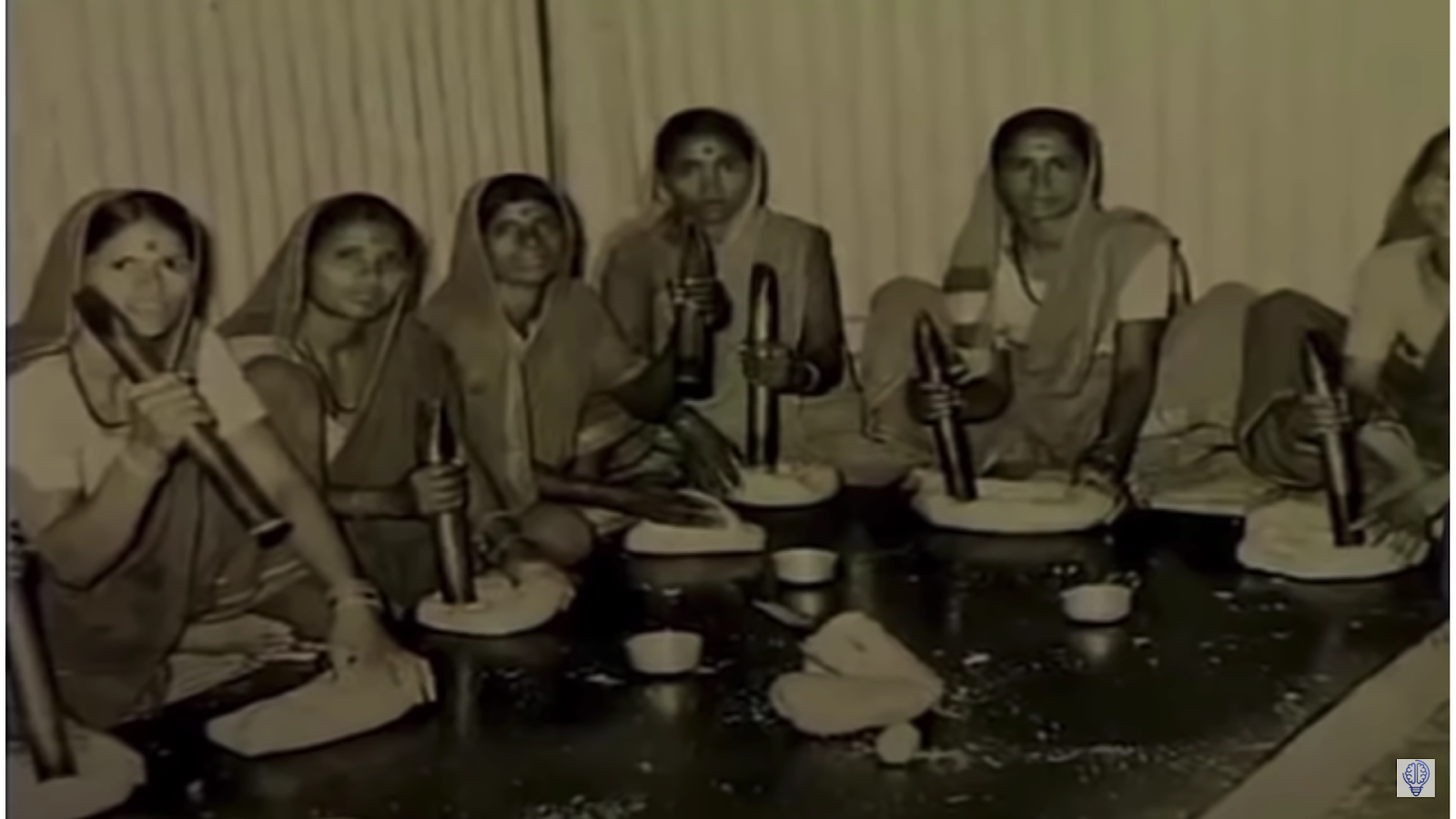
On 15 March 1959, they gathered on the terrace of their building and started with the production of 4 packets of papads. From the beginning, the women had decided that they would not approach anyone for donations or help, even if the organization incurred losses. Chhaganlal Parekh, popularly known as Chaganbapa, became a mentor to them.
Initially, the women were making two different qualities of papads, to sell the inferior one at a cheaper rate.
Chaganbapa advised them to make standard papad and asked them never to compromise on quality. He emphasized to them the importance of running it as a business enterprise and maintaining proper accounts.
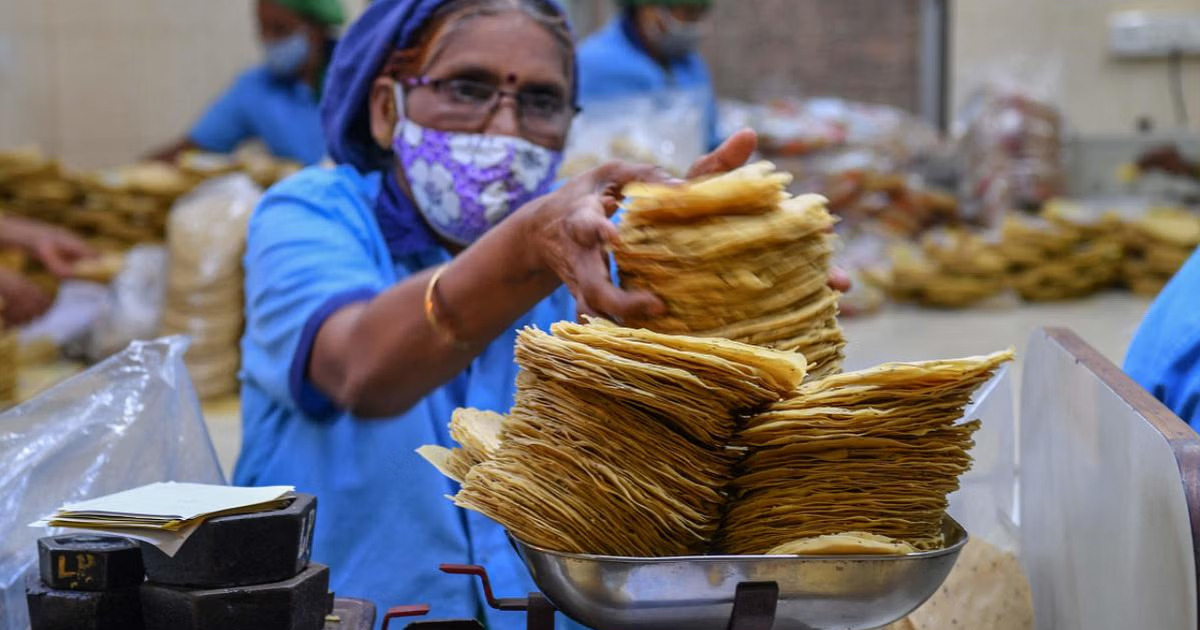
The organization's main objective is the empowerment of women by providing them employment opportunities. Lijjat expanded as a cooperative system. Initially, even younger girls could join, but later eighteen was fixed as the minimum age of entry. Within three months there were about 25 women making papads. Soon the women bought some equipment for the business, like utensils, cupboards, stoves, etc.
In the first year, their annual sales were Rs. 6196. The leftover papads were used to give to neighbors, so nothing was wasted. During the first year, the women had to stop production during the rainy season as drying of the papads was an issue. They solved the issue with a cot and stove as papads were kept on the cot and the stove below the cot so that drying could take place despite the rains.
The group got considerable publicity through word of mouth and articles in newspapers. this helped it increase its membership. 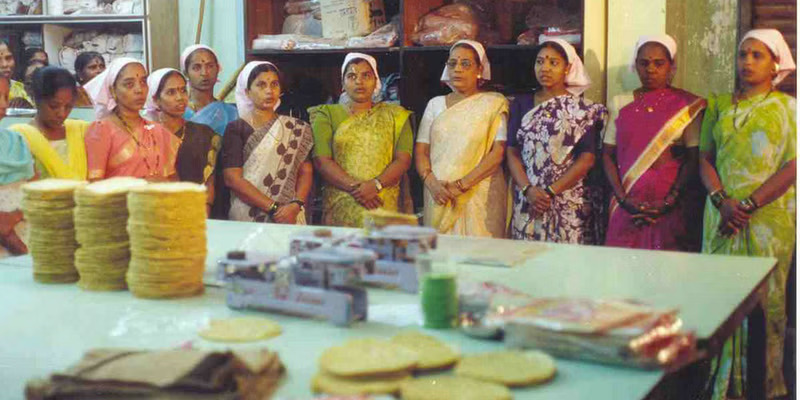
By the second year of its formation, 100 to 150 women had joined the group, and by the end of the third year, it had more than 300 members.
In 1962, the name Lijjat (Gujarati for "tasty") was chosen by the group for its products. The name, suggested by Dhirajben Ruparel, was chosen in a contest held for the purpose, with prize money of Rs. 5. The organization was named Shri Mahila Griha Udyog Lijjat Papad. By 1962–63, its annual sales of papads touched Rs 182,000. In July 1966, Lijjat registered itself as a society under the Societies Registration Act 1860. In the same month, on Chaganbapa's recommendation, U N Dhebar, the chairman of KVIC personally inspected the Lijjat. (KVIC or Khadi Development and Village Industries Commission is a statutory body set up by the Government of India for the development of rural industries.)1542
In September 1966, KVIC formally recognized Lijjat as a unit belonging to the "processing of cereals and pulses industry group" under the Khadi and Village Industries Act. It was also recognized as a "village industry". In the same year, KVIC granted it a working capital of Rs. 8 lac and was allowed certain tax exemptions. 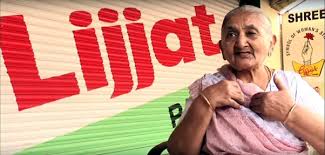
The first branch outside Maharashtra was established at Valod, Gujarat in 1968. In the 1970s, Lijjat set up flour mills, printing division and packing division.1543 In 1988, Lijjat entered the soap market with Sasa detergent and soap with an annual sales of Rs 500 million, accounting for 17 percent of Lijjat's total turnover in 1998. In 1979, Lijjat teamed up with UNICEF to organize a seminar in Mumbai on "Child Care and Mother Welfare", as part of the International Year of the Child celebrations. In the 1980s and 1990s, Lijjat started attracting the attention of foreign visitors and officials.
The Vice-President of Uganda, Dr. Speciosa Wandira-Kazibwe, visited Lijjat's central office in January 1996, since she wanted to start a similar institution in Uganda.
When the 2001 Gujarat earthquake struck, all the branches of Lijjat gave a total donation of more than Rs 4.8 million, including Rs 1 million from the central office.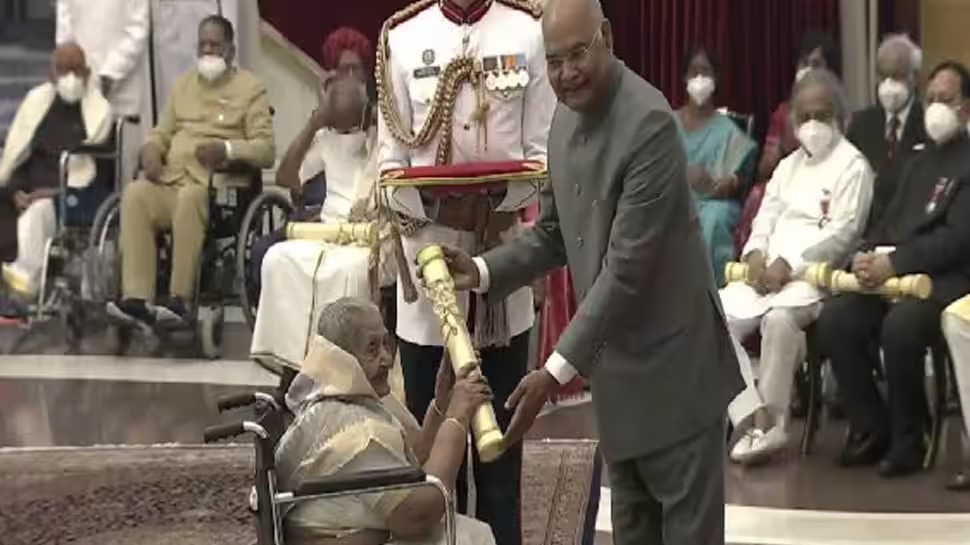
In 2002, the "Businesswoman of the Year" award was given to "The Women Behind Lijjat Papad"2540
Today, Lijjat is more than just a household name for ‘papad‘ (India’s most popular crispy bread) and has 82 branches, with Maharashtra having the most number of branches and Gujarat with the maximum production capacity. With a turnover of more than 1,000 Crores annually they provide employment to 50,000+ women across the country.
What’s more stunning than its stupendous success story is its striking simplicity.
The story of Lijjat Papad